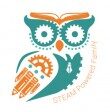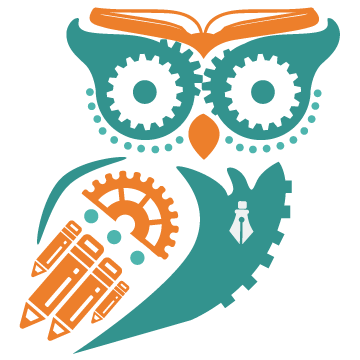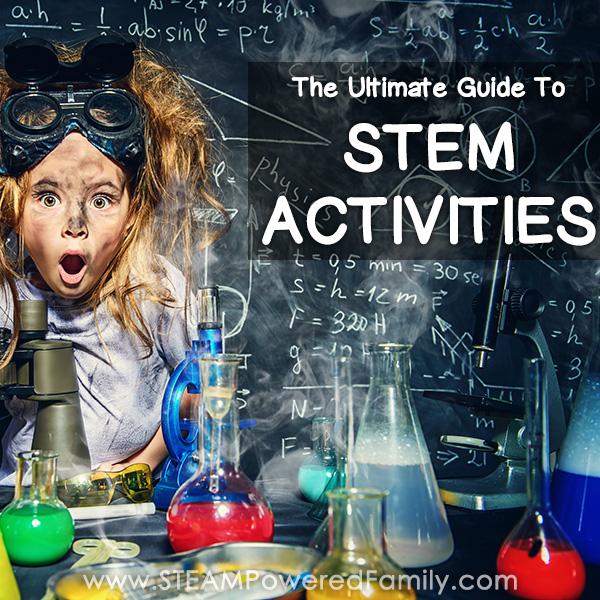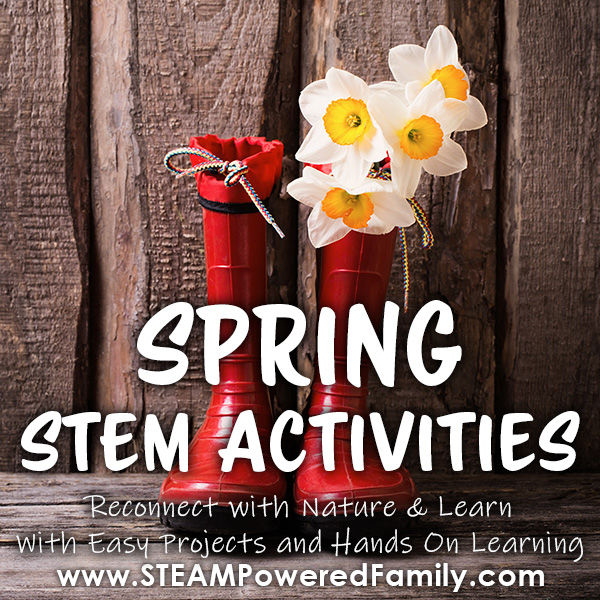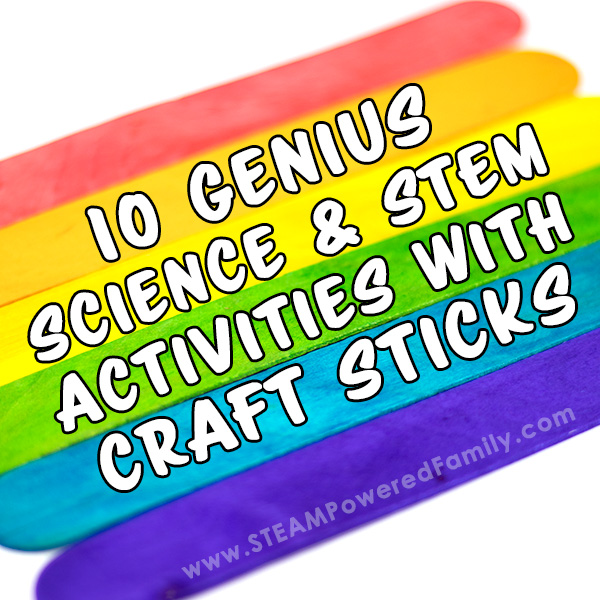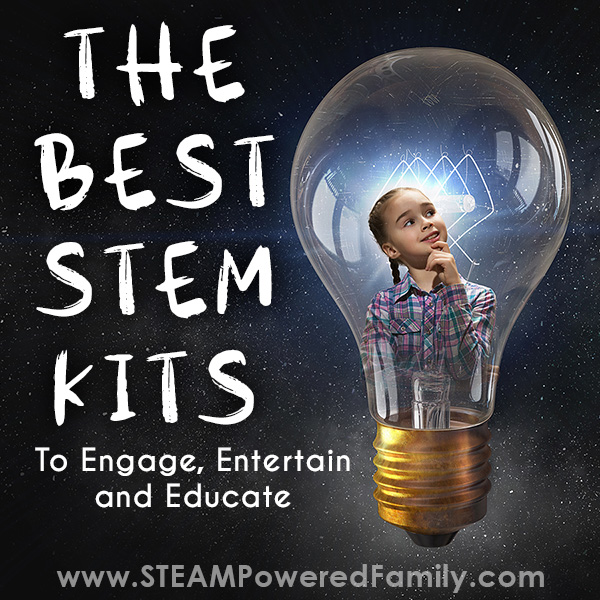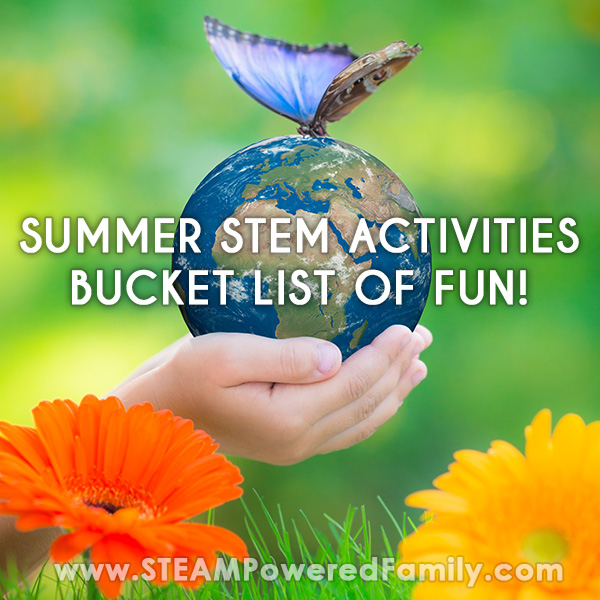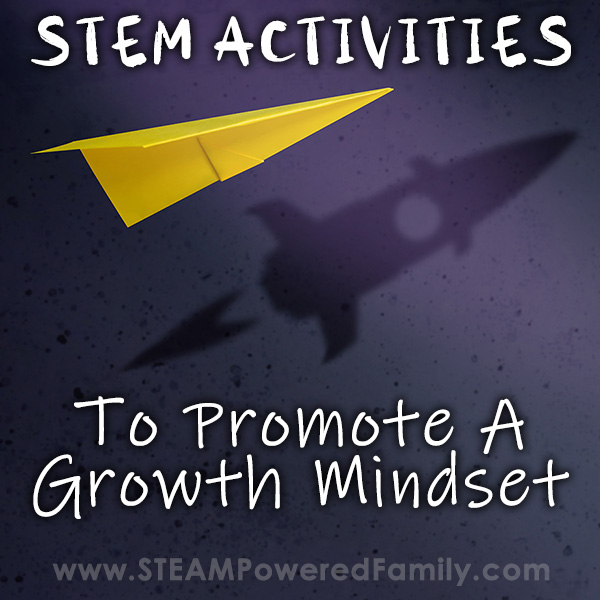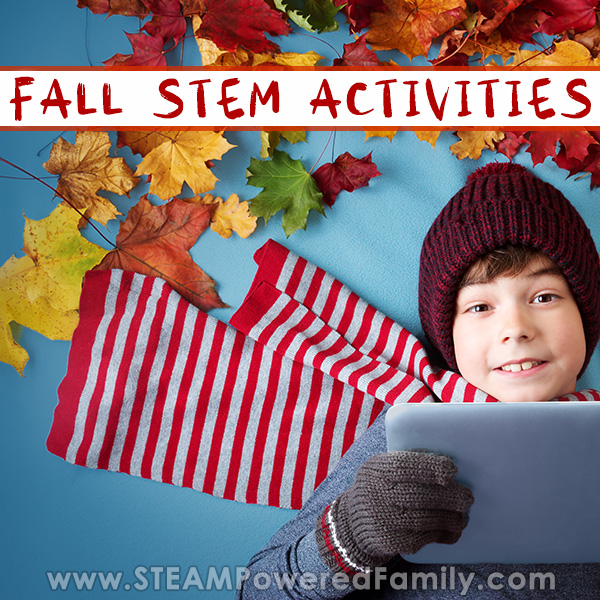What is STEM?
What is STEM? What is the difference between STEM and STEAM? Perhaps you’ve seen the terms before, or maybe STEM is brand new to you. The acronym STEM is not new, but it is gaining a lot of attention in recent years as educators look for more effective and meaningful ways to connect with and engage students and prepare them for higher education and the careers of tomorrow.
What is STEM Education?
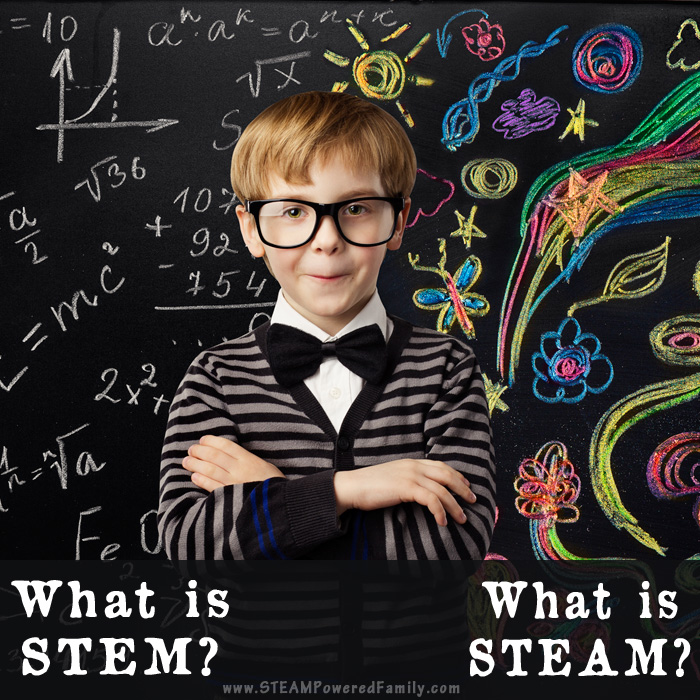
Disclaimer: This article may contain commission or affiliate links. As an Amazon Influencer I earn from qualifying purchases.
Not seeing our videos? Turn off any adblockers to ensure our video feed can be seen. Or visit our YouTube channel to see if the video has been uploaded there. We are slowly uploading our archives. Thanks!
What is STEM?
At it’s most basic, STEM stands for Science, Technology, Engineering and Mathematics. Alternatively, STEAM stands for Science, Technology, Engineering, Arts and Math. But STEM education is far more than just sticking those subject titles together. It’s a philosophy of education that embraces teaching skills and subjects in an a way that resembles real life. STEM fields of work have also become some of the fastest growing areas of expertise in the world.
You can also view this video on the STEAM Powered Family YouTube Channel.
Why is STEM Education Important?
The key component of STEM and STEAM is integration. Instead of teaching disciplines in independent subject silos, classroom lessons are well rounded, project and inquiry-based, with a focus on interdisciplinary learning.
STEM and STEAM align with the way we work and problem solve in our daily lives. Making it an exceptional way of instructing and creating a powerful learning environment.
With STEM we are teaching skills the way they will be used in the workforce, and the real world. Rarely does a job require only one skill set like math. Picture an architect, they use science, math, engineering and technology to do their jobs. The subjects do not work on their own, instead they are woven together in practical and seamless ways allowing the architect to design complex buildings.
This is the power of developing STEM skills for all students, not just those interested in STEM careers.
STEM and STEAM are not new, they are simply ways of understanding and applying an integrated form of learning that resembles real life. Instead of teaching math as separate from science, they can be taught together in a way that shows how the knowledge from those two fields compliment and support each other.
Why add the A (arts) in STEAM?
The addition of Arts to STEM to create STEAM is about incorporating creative thinking and applied arts in real situations. Art isn’t just about working in a studio. Art is about discovering and creating ingenious ways of problem solving, integrating principles or presenting information. Picture an architect, they use engineering, math, technology, science and arts to create stunning buildings and structures. Many people feel that adding the A is unnecessary and that the application of creativity and arts is a natural part of STEM, but others like to highlight it. For elementary aged children, in particular, I like to include the A to ensure that facet of learning doesn’t get forgotten in our lessons. Whether you prefer STEM or STEAM the underlying principles and practices are very much the same, it’s about integration of the pillars: Science, Technology, Engineering, Arts and Math to provide tremendous opportunities for all students.
How Will STEM Improve Student Learning?
Simply put, STEM reflects real life.
Jobs in the real world are interdisciplinary. We need to educate children in how subjects integrate and work together. They need to develop diverse skills sets and a passion for exploration and growth. We don’t need children to memorize random facts anymore. We have so many facts at our finger tips now. When I’m having a debate with someone, I can pull out my phone and in seconds have all the facts. Education is no longer about memorizing facts. Instead it is about learning how to think critically and evaluate information. How to apply knowledge, research and skills to problem solve. Skills need to be taught in an applied way, as part of a greater whole, rather than the traditional approach of individual subject silos.
STEM embraces the 4 C’s identified as key in 21st Century education: Creativity, Collaboration, Critical Thinking, and Communication.
Most importantly, by incorporating inquiry based principles and an highly adaptable framework to suit students of various needs, STEM helps to foster a love of learning. And the most important gift an education should give a student is a love of learning.
What Are Some Problems With STEM Education?
One of the biggest concerns I hear from people about STEM education or trying to run a STEM program is the lack of resources. Funding for the newest technology, training in how to use the new technology, plus the knowledge of how to use it effectively as a learning tool, are all areas where teachers struggle.
If you are teaching at home or have a healthy budget, STEM Kits can be an amazing and easy way to get started with STEM. We love using STEM Kits. They have them for all ages and cover so many interests. Learn more about some of our favourite STEM Kits here.
Another area where a lot of teachers struggle is with a system that is focuses on assessment and grades rather than a program that fosters innovation, creativity, critical thinking skills and problem solving skills. These achievements are not something that can be easily boxed up and assessed.
Developing STEM lesson plans can also be a challenge when first getting started. We have a free STEM lesson planner available to our mailing list members.
Sadly, another thing I hear a lot is that some teachers are simply not interested in learning how to teach STEM and STEAM. They prefer to stay in the silos. Keeping each of the stem subjects isolated into their own lessons.
How To Get Your Kids Interested In STEM?
STEM aligns so much with the way children’s minds learn and work from a very early age. Even before your kids enter elementary school, you can start building their STEM skills. The best way to foster a love of STEM and build STEM literacy is to encourage curiosity. From a young age encourage kids to question, to explore and to play. Find their passions and help them chase those passions. Even if it changes week to week, this is perfectly normal, especially for younger kids. Encourage it. You will be amazed where your kids can go when they become passionate about learning.
While doing even the most basic exploration and experiments, start using the Scientific Method. This will help students develop the thinking and cognitive approaches used by STEM professionals in real-world applications.
From preschool to elementary to middle school and finally, high school graduation, STEAM and STEM initiatives will help children become innovative adults with exceptional critical thinking and problem solving skills. Skills that our future generations will need in our increasingly technology driven world.
Resources and Activities for STEM Students
Here are a few of our favourite resources for STEM students and teachers, to help with classroom lessons planning. Use these as a starting point, or start searching STEAM Powered Family. This site is packed full of STEM and STEAM resources, printables and activities for you and your kids.
Plus, check out our Shop for lots of printable resources on all STEM and STEAM subjects.
Grab A FREE STEAM Activity Pack!
Kick start a love of STEAM with our free activity pack for members of our STEAM Powered Family mailing list. Members get regular emails about STEM, STEAM, Kids Activities and Children’s Mental Health.
